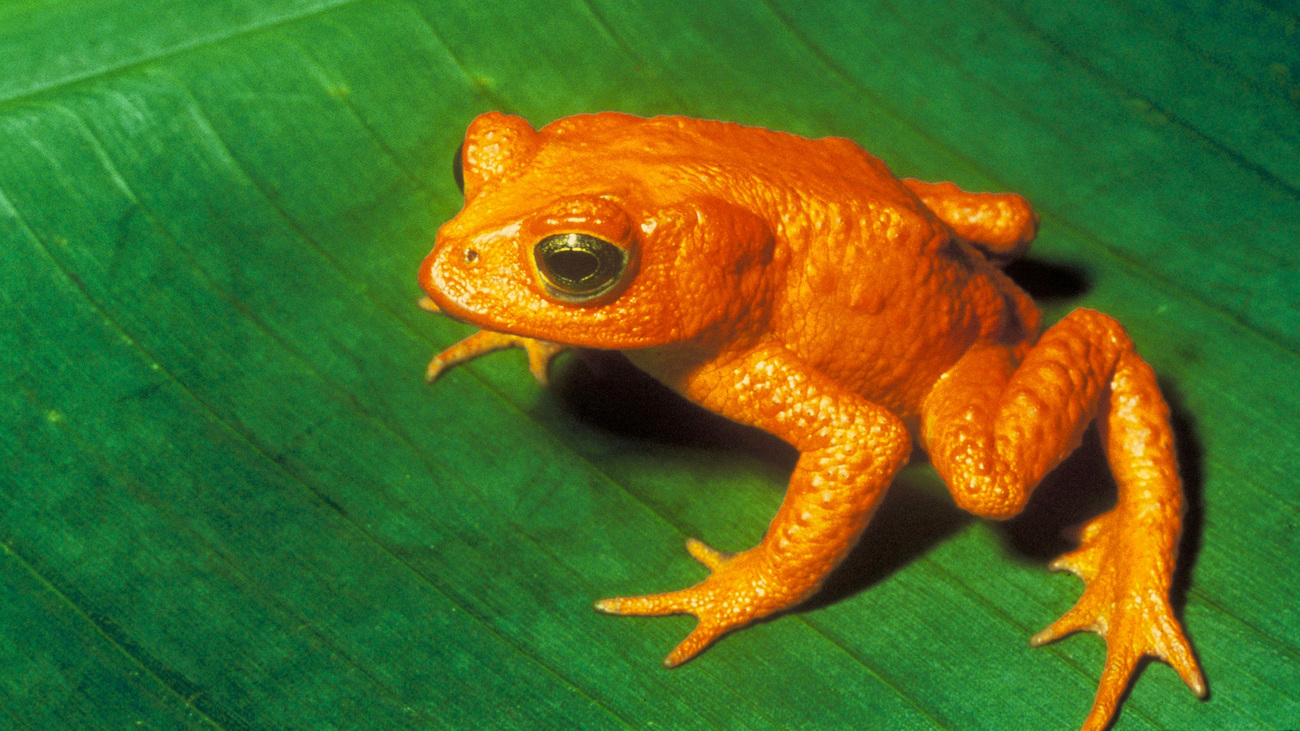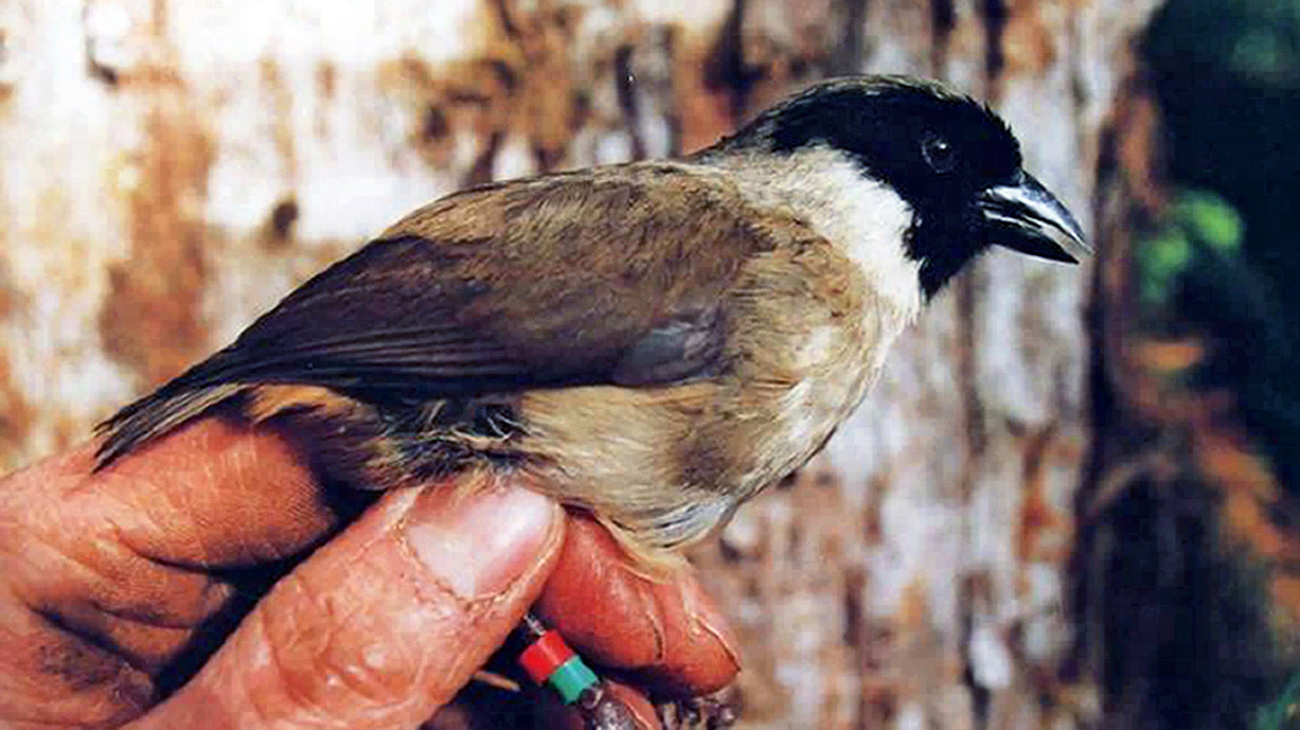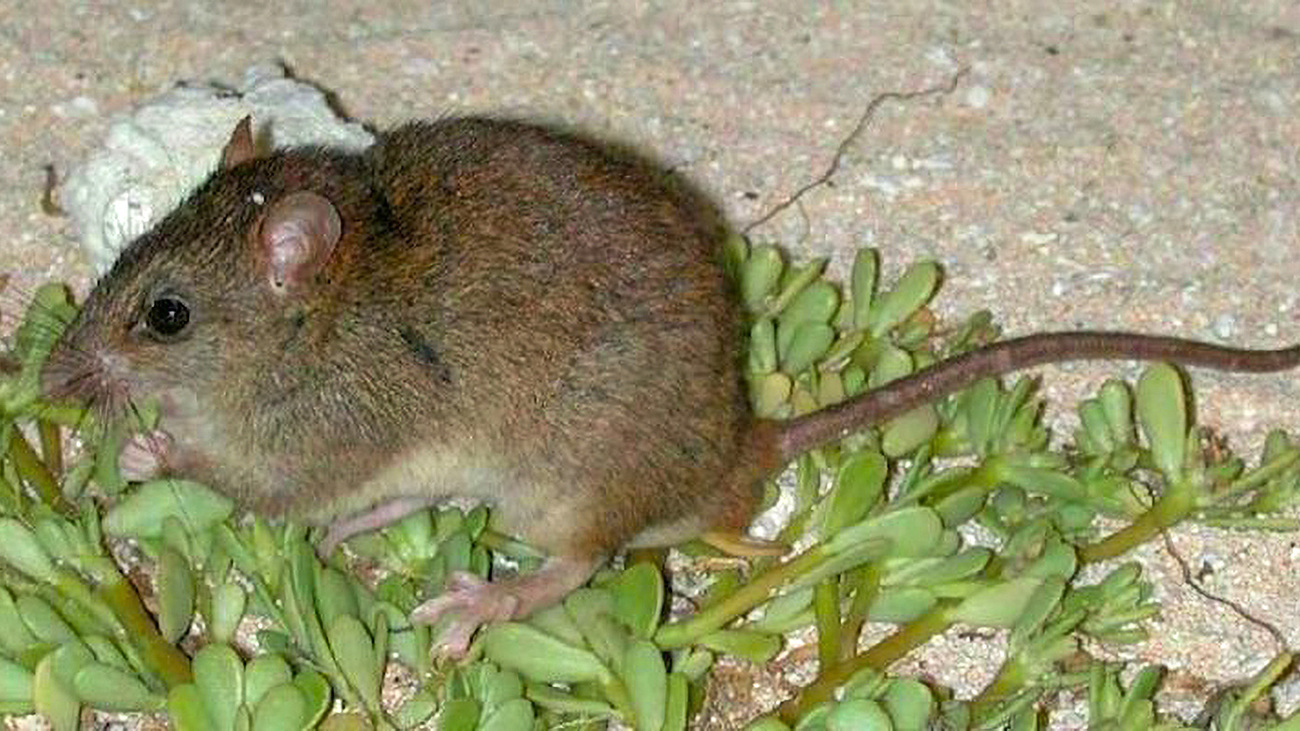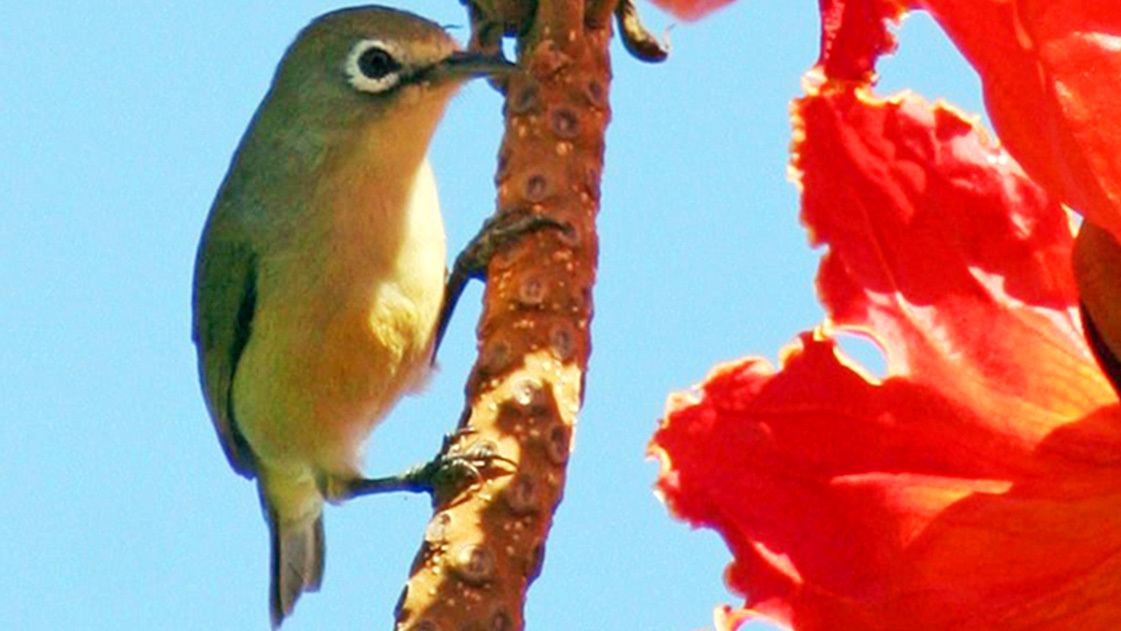18 animals that recently went extinct
18 animals that recently went extinct
According to the International Union for the Conservation of Nature (IUCN) Red List, more than 42,000 species are currently threatened with extinction, representing over a quarter of all species assessed by the list.
It’s tempting to think of extinction as something that only happened to animals in the past—woolly mammoths, sabre-toothed tigers, and the dinosaurs. However, extinction is an ongoing threat faced by many species every day. Scientists suggest that we are currently experiencing the sixth mass extinction in our planet’s history—and it is largely the result of human activity.
The number of species at risk for extinction clearly indicates that we need to work to conserve and protect currently endangered animals and, where possible, help regenerate populations. The situation will only worsen with the exacerbation of climate change.
Let’s look at 16 recently extinct animals, many of which you may never have heard of or seen.
Golden toad
Scientific name: Incilius periglenes
Date of extinction: 2019

One of countless victims of human-induced climate change, the golden toad, which derives its name from its striking color, was native to Costa Rica before its extinction. The reproductive cycle of the golden toad was intrinsically tied to the amount of rainfall in its environment, with its larvae laid underground in the forest floors.
Changes in weather patterns meant that heavy rain often stranded the larvae on the ground, while at other times, there wasn’t enough rain to keep the toads hydrated. Climate change rendered the toads unable to reproduce, leading to their extinction.
Pinta giant tortoise
Scientific name: Chelonoidis abingdonii
Date of extinction: 2015
Also known as the Pinta Island tortoise, this species was formally assessed and declared extinct in 2015. This species has the distinction of being one of the more publicized extinctions in recent times.
The last remaining Pinta giant tortoise, dubbed Lonesome George, became something of a conservation icon for being the last member of his species. George was transported to a conservation center in 1972 and was under human care for 40 years. Attempts were made to facilitate breeding between George and female tortoises of other species, but none of the eggs produced were viable.
George died in 2012, and the Pinta Island tortoise species went extinct with him. His death, which was covered extensively in the media, gave us all a stark reminder of the danger faced by many of our species. The following words were inscribed outside George’s enclosure:
‘Whatever happens to this single animal, let him always remind us that the fate of all living things on Earth is in human hands.’
Mountain mist frog
Scientific Name: Litoria nyakalensis
Date of Extinction: 2021
Previously endemic to Australia, the mountain mist frog lived in forests and wetlands at higher elevations. Officially declared extinct in 2021, researchers found that the mountain mist frog perished due to the effects of the chytrid fungus Batrachochytrium dendrobatidis (Bd).
This fungus has spread throughout the world through human activity and devastates amphibian populations by infecting and damaging their skin. It’s estimated that Bd has played a major role in the decline of 501 amphibian species, making it responsible for more damage to global biodiversity than any other pathogen.
Sharp-snouted day frog
Scientific name: Taudactylus acutirostris
Date of extinction: 2021
Although the exact cause of this species’ extinction is not verified, the IUCN lists its threats as mining, logging, and invasive species. Given that the sharp-snouted day frog shared a similar habitat to the mountain mist frog in Australia, there is a good chance that the Bd fungus played a role in this animal’s extinction.
Chinese paddlefish
Scientific name: Psephurus gladius
Date of extinction: 2019
Found in China’s Yangtze River, the Chinese paddlefish was one of the largest freshwater fish on Earth before its extinction. It was officially declared extinct by the IUCN in 2019, and it perished due to a combination of overfishing and dam construction in the Yangtze.
Chiriqui harlequin frog
Scientific name: Atelopus chiriquiensis
Date of extinction: 2019
Yet another victim of the Bd fungus, the Chiriqui harlequin frog was formerly found in Panama and Costa Rica. Although the frog wasn’t labeled extinct until 2019, it hadn’t been seen since 1996. Like many other amphibians affected by Bd, the sudden disappearance of this species made conservation efforts almost impossible.
Splendid poison frog
Scientific name: Oophaga speciosa
Date of extinction: 2018
Found in the forests of Panama, this bright red frog was last seen in 1992 as part of the illegal pet trade. Due to little evidence of it persisting in the wild, the frog was finally declared extinct in 2018. Again, it is likely that the Bd fungus played a significant role in the loss of this animal in the wild.
Pass stubfoot toad
Scientific name: Atelopus senex
Date of extinction: 2019
Another amphibian formerly found in Panama and Costa Rica, this toad made its home in the high-altitude forests and wetlands of the two countries. The pet trade likely played a role in this toad’s extinction—its impressive coloring made it a prime target for trappers and poachers. This, coupled with the Bd fungus, likely led to the pass stubfoot toad’s extinction.
Poʻouli
Scientific name: Melamprosops phaeosoma
Date of extinction: 2019

The poʻouli, a bird found in the forests of Maui, Hawaii, was not discovered until 1973 and has already been declared extinct. It was found in a relatively limited range on the island, making the habitat degradation it faced even more pronounced. It was thought to be threatened by rat predation and competition with other species.
Alagoas foliage-gleaner
Scientific name: Philydor novaesi
Date of extinction: 2019
Found in the lowland forests of Brazil, the Alagoas foliage-gleaner, a small bird species, had a very limited range, located only in the states of Pernambuco and Alagoas. Unfortunately, the forests it called home have been almost entirely destroyed in these regions, leading to the fragmentation and loss of the bird’s habitat and, in turn, its eventual extinction.
Corquin robber frog
Scientific name: Craugastor anciano
Date of extinction: 2019
According to the IUCN assessment, the corquin robber frog was only found in two sites in western Honduras at a specific altitude range and had not been seen since 1990. Living in the forests of a single mountain made this species incredibly vulnerable to habitat loss, one of the leading causes of its eventual extinction. It is likely that the Bd fungus was also a factor in the corquin robber frog’s extinction.
Cryptic treehunter
Scientific name: Cichlocolaptes mazarbarnetti
Date of extinction: 2019
The cryptic treehunter, a small brown bird, was only discovered in 2014 but may have gone extinct before the paper first describing it was even published. As with many of the animals on this list, the cryptic treehunter was only found in a very limited range in the mountains of Brazil, increasing its vulnerability to habitat loss from human activity. This is a case of extinction happening so rapidly and suddenly that any attempts at conservation became essentially impossible.
Bramble Cay melomys
Scientific name: Melomys rubicola
Date of extinction: 2016

The Bramble Cay melomys, a small rodent, was found only on the tiny island of Bramble Cay between Australia and Papua New Guinea. The extinction of this species has been described as ‘the first mammalian extinction caused by human-induced climate change’. The Bramble Cay melomys population was devastated by storms and loss of vegetation on the island, primarily driven by impacts of climate change. The rodent has now been officially recognized as extinct by the Australian government as of 2019.
Christmas Island pipistrelle
Scientific name: Pipistrellus murrayi
Date of extinction: 2016
As their name suggests, this bat was native to Christmas Island, inhabiting the forests of this Australian territory. The Christmas Island pipistrelle was the first mammal to go extinct in Australia in 50 years, although it is unclear exactly why it went extinct. Some species did experience habitat loss on Christmas Island. However, many of the forests the bats called home remained intact while populations declined. Much of their decline may have been due to predation and competition from other species.
Christmas Island whiptail-skink
Scientific name: Emoia nativitatis
Date of extinction: 2017
Another species native to Christmas Island, the last known Christmas Island whiptail-skink died in captivity in 2014. The species was then officially declared extinct by the IUCN in 2017. Much like the Christmas Island pipistrelle, these amphibians likely went extinct due to competition and predation from invasive species.
Specifically, explosions in the populations of yellow crazy ants and the introduction of the Indian wolf snake to the island in 1980 are likely the driving factors behind the decline and eventual extinction of the Christmas Island whiptail-skink.
Jalpa false brook salamander
Scientific name: Pseudoeurycea exspectata
Date of extinction: 2019
Last seen in 1976, experts have been unable to find any trace of Jalpa false brook salamander populations in the wild in the following decades, leading to the species being declared extinct by the IUCN in 2019. The main threats to the species were habitat destruction through human activity in the forms of logging, agriculture, and aquaculture in its native Guatemala.
Bridled white-eye
Scientific name: Zosterops conspicillatus
Date of extinction: 2016

The bridled white-eye, a bird found only on Guam, is considered a subspecies by some sources but is classed as its own species by the IUCN. It is unknown how these birds went extinct; however, it has been speculated that predation from snakes may have been a cause behind their decline. There may have been other invasive species that played a role, but this is not confirmed.
The bridled white-eye is survived by its closest relative, the Saipan white-eye, which is native to the Northern Mariana Islands.
Kauaʻi ʻakialoa
Scientific name: Akialoa stejnegeri
Date of extinction: 2016
Formerly found on the island of Hawaii, the bird known as the Kauaʻi ʻakialoa has not been seen for 60 years and is presumed extinct. The IUCN officially declared the species extinct in 2016. It is likely that disease—in particular, avian pox—played a role in these birds’ decline. There is also evidence that habitat destruction, predation from introduced species, and hurricane damage contributed to their extinction.
Let’s protect endangered species before it’s too late
Protecting the planet and the plants and animals that we share it with is everyone’s responsibility. We all must work together to curb the effects of climate change, safeguard animal species, and prevent further biodiversity loss.
Many animals play essential roles in their local ecosystems and can help fight climate change through their natural behaviors. When species go extinct from human causes, the carefully controlled ecosystems to which they belong become even more unbalanced and vulnerable, which harms other animals and people in the long term. Without animals, our planet as we know it cannot exist.
Concerted efforts are in place to address species endangerment and extinction. The US 1973 Endangered Species Act (ESA) is a good example. The ESA puts programs in place for the conservation of at-risk animals and plants in their natural habitats. The Fish and Wildlife Service (FWS) currently implements the ESA in collaboration with the US National Oceanic and Atmospheric Administration (NOAA) Fisheries Service.
The ESA has proved a tremendous success, and in the 50 years since its inception, it has saved 99% of listed species from extinction. This includes some iconic American animals like the bald eagle and certain species of alligator. However, other species have been removed from the list due to their recent extinction.
While initiatives like the ESA are a great start, as we can see from this list, we still have more work to do.
At IFAW, we work to protect animals and partner with them to tackle the climate crisis.
Related content
Our work can’t get done without you. Please give what you can to help animals thrive.